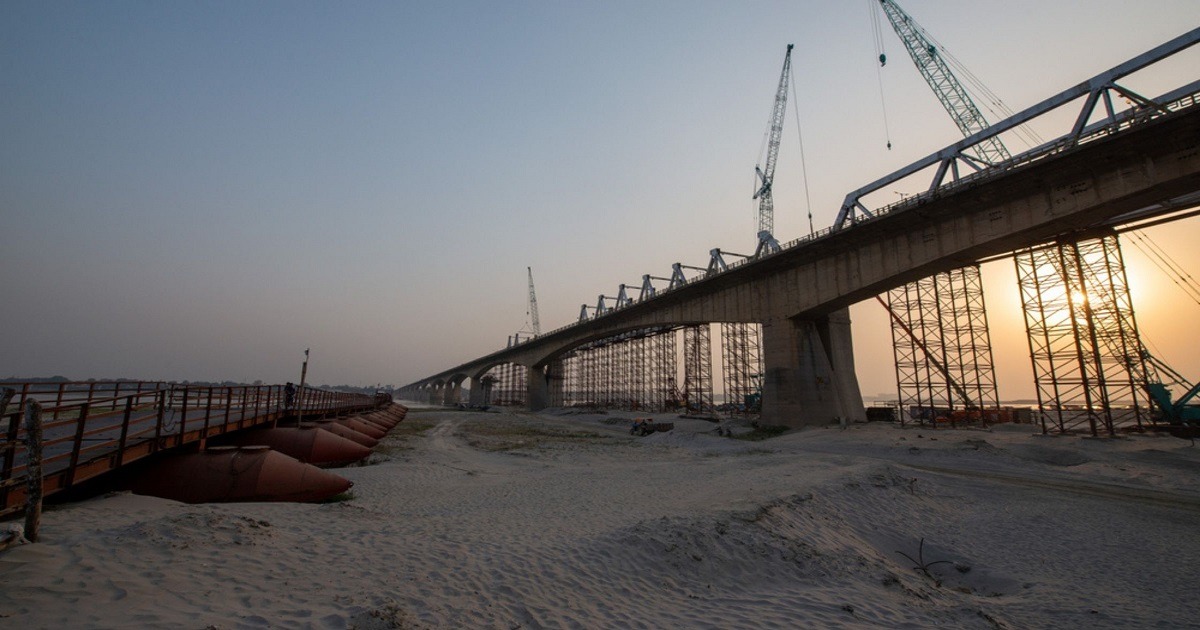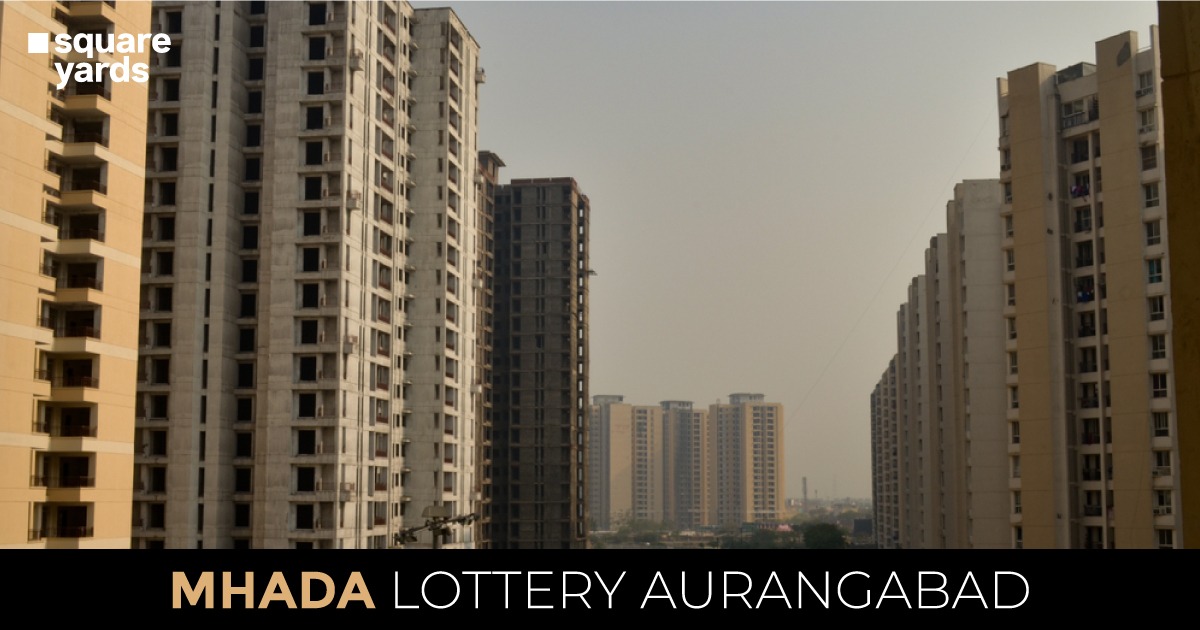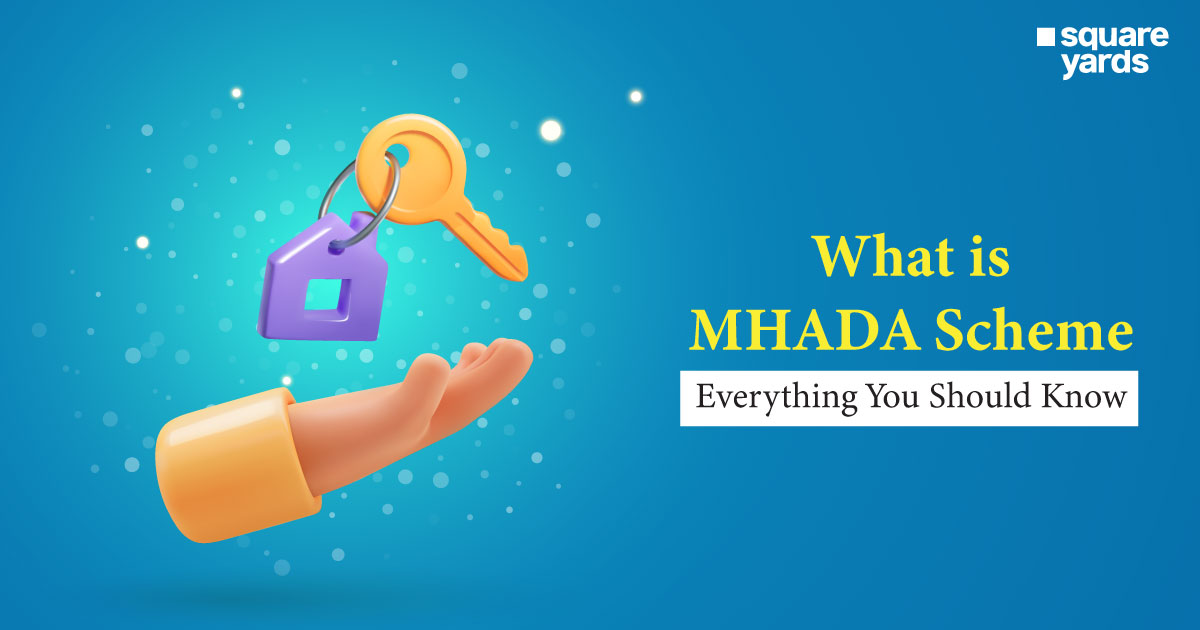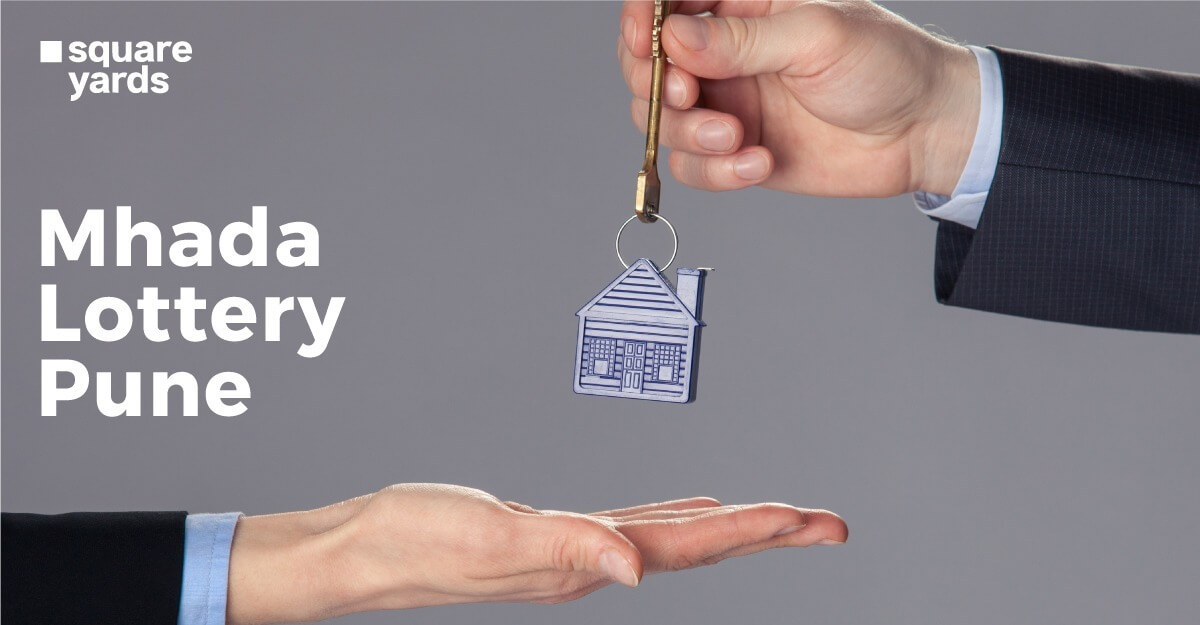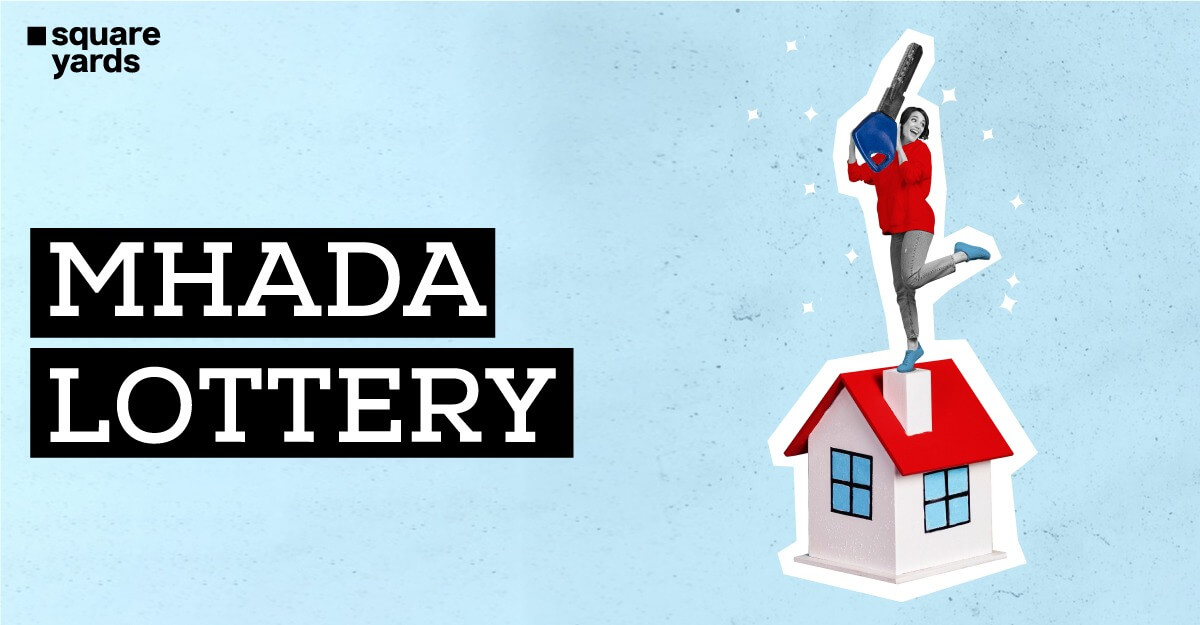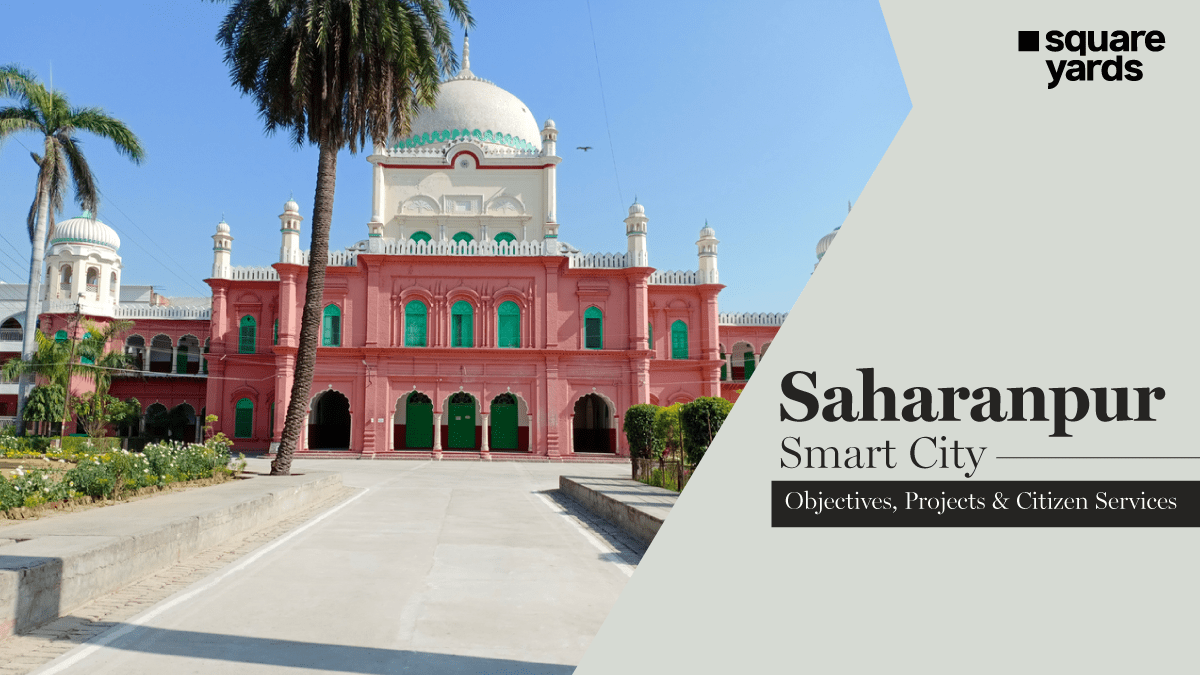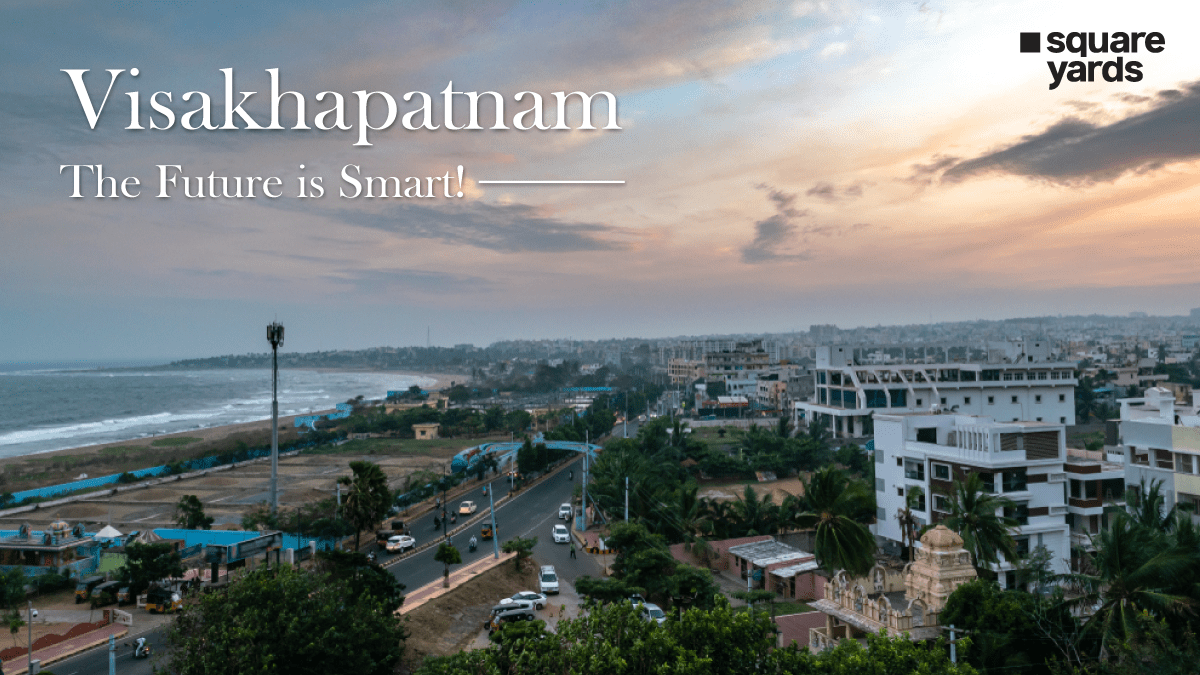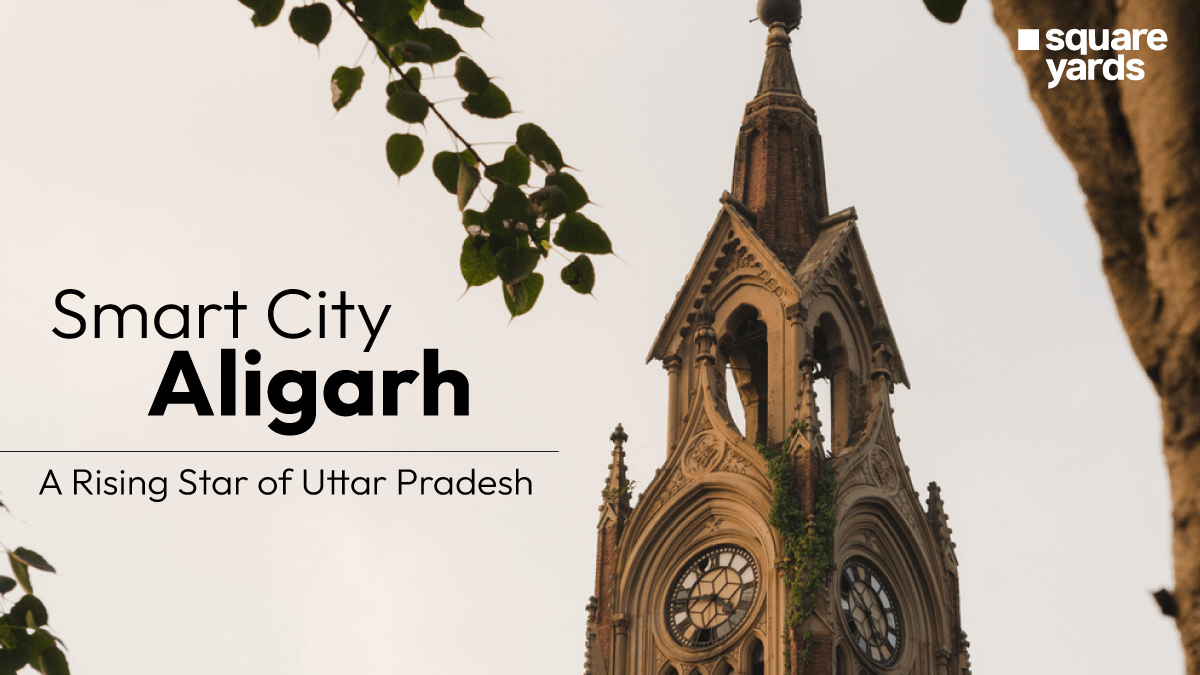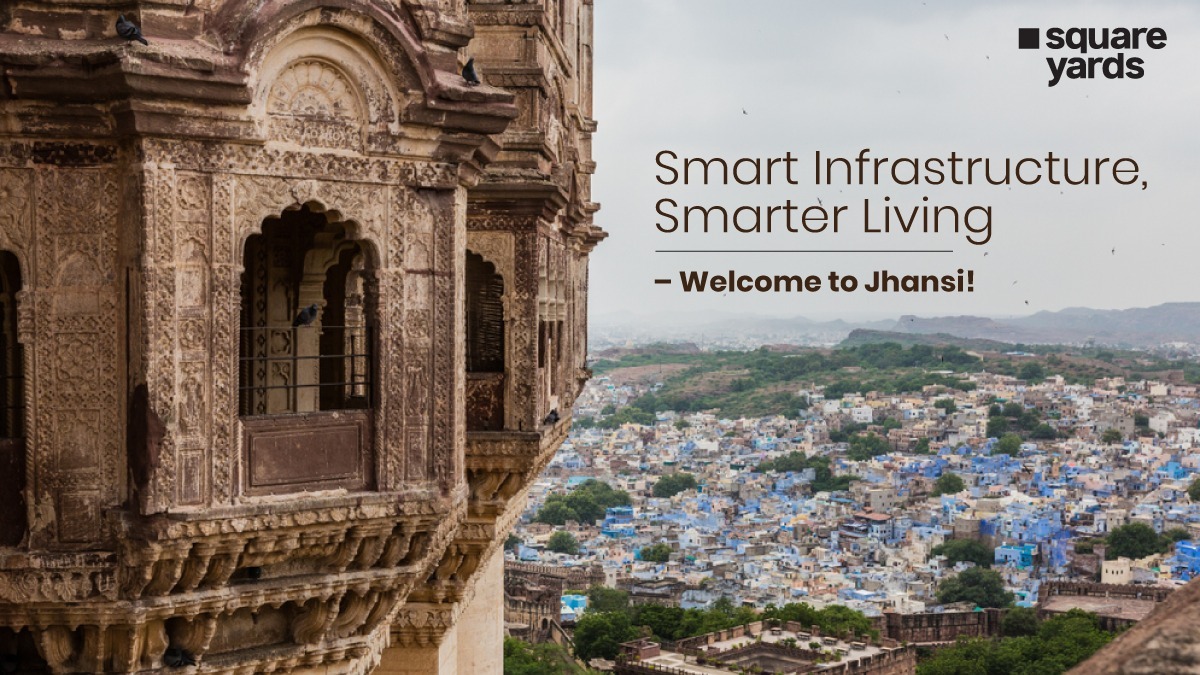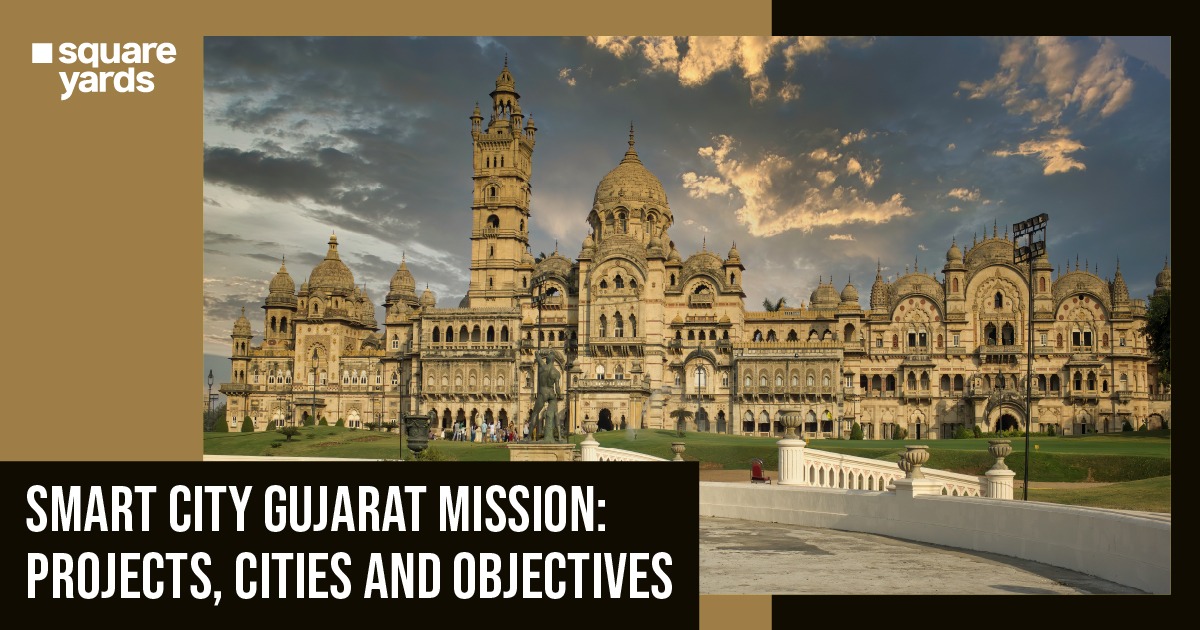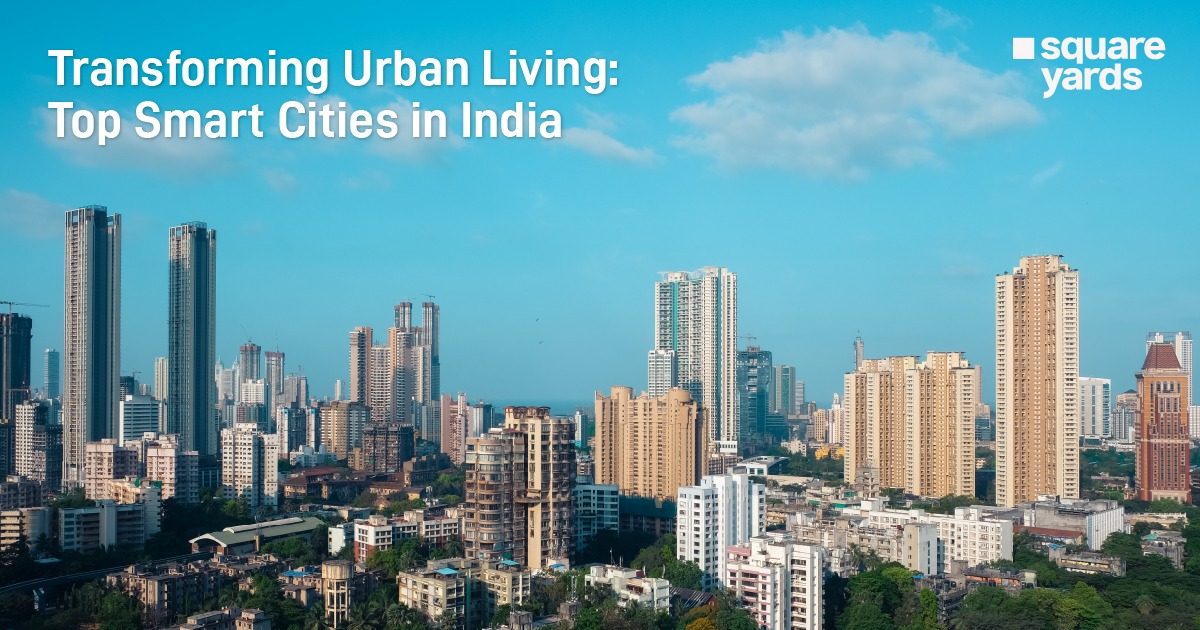Mahatma Gandhi Setu, well-known as Gandhi Setu or Ganga Setu, is India’s second-longest bridge. It was inaugurated in May 1982 by the then Prime Minister of the country, Indira Gandhi. This bridge is named after Mahatma Gandhi – the father of the nation, and offers a magnificent view of the Ganges River.
This article talks about Mahatma Gandhi Setu’s new bridge, history, architecture, importance, nearby attractions, rehabilitation cost, and more. Scroll down to know more.
Table of contents
- Overview of Mahatma Gandhi Setu Bridge
- History of Mahatma Gandhi Setu Bridge
- Planning and Engineering Excellence
- Entry Charges for the Mahatma Gandhi Setu Bridge
- Recent Developments of Mahatma Gandhi Setu Bridge
- What is the Best Time to Visit Mahatma Gandhi Setu?
- Places to Visit Nearby Mahatma Gandhi Setu
- Places in Hajipur to Discover:
- Tips to Follow While Visiting Mahatma Gandhi Setu Bridge
- How Can You Reach Mahatma Gandhi Setu?
- FAQs
Overview of Mahatma Gandhi Setu Bridge
After Assam’s Bhupen Hazarika Setu or Dhola-Sadiya Bridge, Mahatma Gandhi Setu in Patna is the longest bridge in the nation that sprawls across the Ganges – the holiest river in India. The bridge connects from the south of Patna to the north of Hajipur.
Mahatma Gandhi Setu Bridge has four lanes of roadways and pathways for pedestrians. Before the construction of this bridge, Rajendra Setu Bridge was used for commuting between North and South Bihar. There was a two-way road for commuting vehicles and a single-way railway track. The bridge is used by more than 85,000 vehicles and 12,000 pedestrians daily. Since it is a landmark of the state, the bridge allows the people of the state to commute from the North of Bihar to Patna within minutes.
History of Mahatma Gandhi Setu Bridge
Mahatma Gandhi Setu Bridge was commissioned by the BSRDC or Bihar State Road Development Corporation. The construction of the bridge was approved by the Central Government in 1969 and was assigned to Gammon India Limited, India’s largest civil engineering company. Its construction began in 1972, and it took almost 10 years to complete. The bridge was supposed to open in 1978; however, its operation was delayed because of natural disasters and worker strikes. The construction of the Mahatma Gandhi Setu Bridge, along with its expenses, took around INR 87 crores.
Planning and Engineering Excellence
Since Mahatma Gandhi Setu Bridge was constructed by the largest civil engineering construction company in India, it is popular as a marvel of engineering design and as well of state-of-the-art technology. The bridge was constructed using cantilever slabs with box girders and hinge bearings. This technology was used in the 1970s, and thus, Mahatma Gandhi Setu is counted among the best accomplishments of Indian engineering. The construction of the bridge, along with its expenses, took around INR 87 crores.
Entry Charges for the Mahatma Gandhi Setu Bridge
There is no entry fee levied to view the Mahatma Gandhi Setu Bridge. Visitors just need to pay toll fees and GST charges as decided by the Government. The charges depend on the type of vehicle being used. In addition, there are no fixed timings to visit and explore the bridge.
Recent Developments of Mahatma Gandhi Setu Bridge
The huge overload of running vehicles has put the bridge in a dilapidated condition. Heavy traffic jams are the cause of chaos and congestion on the bridge. The bridge is not in good shape, and it can collapse anytime. Seeing the condition of the bridge, Narendra Modi, the current Prime Minister of India, ordered the authorities to reconstruct the Mahatma Gandhi Setu bridge. The current structure of the bridge will be demolished, and it will be reconstructed from scratch. At the same time, two pontoon bridges have been constructed opposite the Mahatma Gandhi Setu Bridge to ease up and offload the congested traffic.
The reconstruction work of the bridge is executed by Afcons Infrastructure Limited and Sibmost, which costs Rs 1,742 crore.
What is the Best Time to Visit Mahatma Gandhi Setu?
Since Mahatma Gandhi Setu is under reconstruction, you will come across a lot of traffic and congestion issues while travelling to the bridge.
The best months of the year to visit Patna and the Mahatma Gandhi Setu Bridge are February, October and November.
Places to Visit Nearby Mahatma Gandhi Setu
There are several tourist attractions to explore close to Mahatma Gandhi Setu. Places in Patna to discover are:
Golghar
Golghar is a storage house that was built in the year 1786 by Captain John Garstin. Located 1 km from the Patna City Centre, this storage house offers incredible views of the river Ganges and the city around.
Patna Sahib Gurudwara
Patna Sahib Gurudwara is a holy place of the Sikhs that is located at a distance of 9kms from the Patna City Centre. It was built in the memory of Guru Gobind Singh and is one of the most famed Holy seats of the Sikh in the city.
Patna Museum
Also called the Jadu Ghar, Patna Museum is a popular historical spot in the city comprising over 50000 interesting art objects from the middle ages as well as ancient times. 1 km from the city centre, the museum draws attention with its Rajput and Mughal-style architecture.
Sri Krishna Science Centre
Built in the year 1978, Sri Krishna Science Centre is an informational and educational place located at a distance of 1km from the city centre. It is open from 10:30 am to 6:00 pm, and the museum’s entry fee is INR 10 per person.
Places in Hajipur to Discover:
Ram Chaura Mandir
Ran Chaura Mandir is a landmark destination in Hajipur that is dedicated to Lord Rama. It was constructed with the imprinted footprint of Lord Rama to remember his visit to the city on his way to Janakpur.
Sonepur Fair
One of the largest cattle fairs in India, Sonepur Fair is popular for its folk dances, street plays, music, and circuses. It is located 6kms away from the city.
Vaishali
Situated 41kms Northwest of Hajipur, Vaishali is an ancient village popular for the celebration of Vaishali Mahotsav. This archaeological site features an Ashokan pillar, Abhishek Pushkarani, Buddha stupa and several other artefacts.
Batukeshwar Nath Temple
Located to the east of Hajipur, Batukeshwar Nath Temple is the oldest temple of Bihar that was constructed during the Mughal Era. A fair is held for a month during the festival of Basant Panchami.
Tips to Follow While Visiting Mahatma Gandhi Setu Bridge
Here are a few tips you need to follow if you are visiting Mahatma Gandhi Setu Bridge:
- Since the bridge is prone to huge jams, you need to take proper precautions while riding or driving on the bridge.
- As the bridge keeps undergoing reconstruction at some part or the other, be prepared to face heavy traffic issues.
How Can You Reach Mahatma Gandhi Setu?
You can reach the Mahatma Gandhi Setu Bridge either from the North or South districts of Bihar. Patna enjoys easy connectivity to major cities such as Lucknow, Kolkata, Kanpur and Allahabad. You can opt for an interstate transport bus to travel to the bridge.
Stories You May Also Like From Govt Projects and Infrastructure
FAQs
How long is Mahatma Gandhi Setu Bridge of Bihar?
Mahatma Gandhi Setu Bridge’s length is 5,750 metres.
Who built the Mahatma Gandhi Setu Bridge?
Gammon India Limited – one of India’s most prominent civil engineering construction companies, built the Mahatma Gandhi Setu Bridge in 1972.
How many pillars did Mahatma Gandhi Setu have?
Mahatma Gandhi Setu Bridge has a total of 46 pillars.


